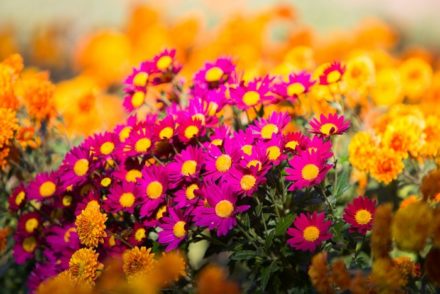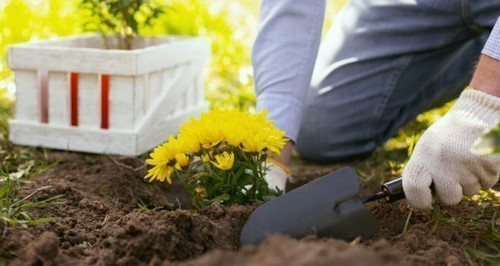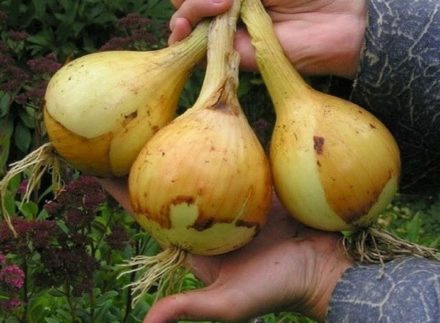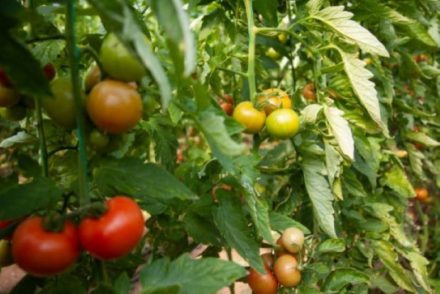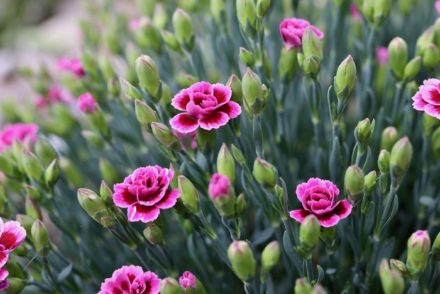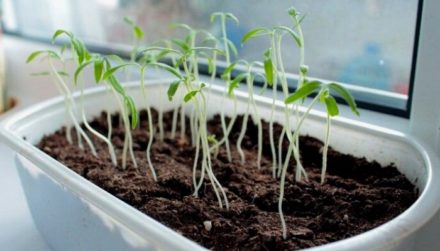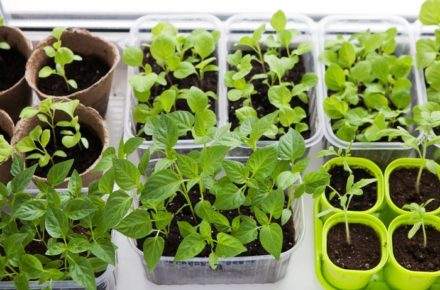During flowering, chrysanthemums captivate with their splendor and beauty, but to get such flowers, you have to try. The crop is often grown through seedlings. At home, you can surround the plants with care from an early age, and with the arrival of warmer weather, transplant them into open ground. 5 useful tips will help you achieve success in this matter.
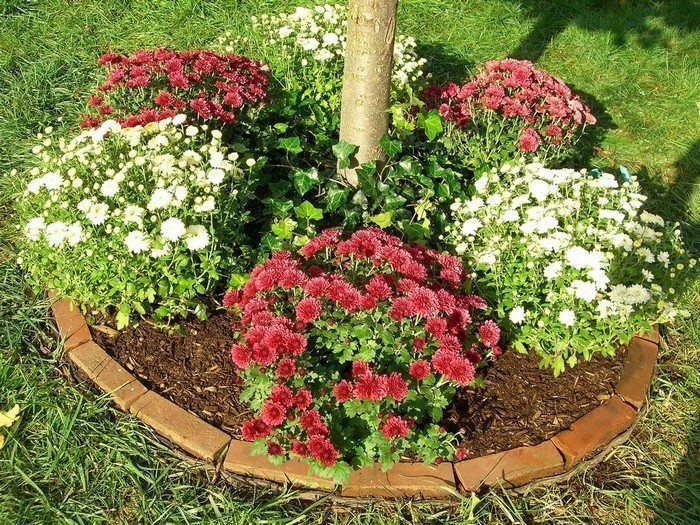
Suitable sowing dates
The timing of sowing seeds must be adjusted so that by the time they are planted on the site, the seedlings are at the right age and the weather becomes warm. The seedlings spend about 3 months at home. To this time add the period necessary for seed germination (10-12 days).
Residents of the southern regions carry out sowing first, doing it in mid-February. In the middle zone, planting dates are at the end of February. Flower growers in Siberia and the Urals can start sowing in early March. Young bushes are planted in the flowerbed when the threat of return frosts has disappeared.
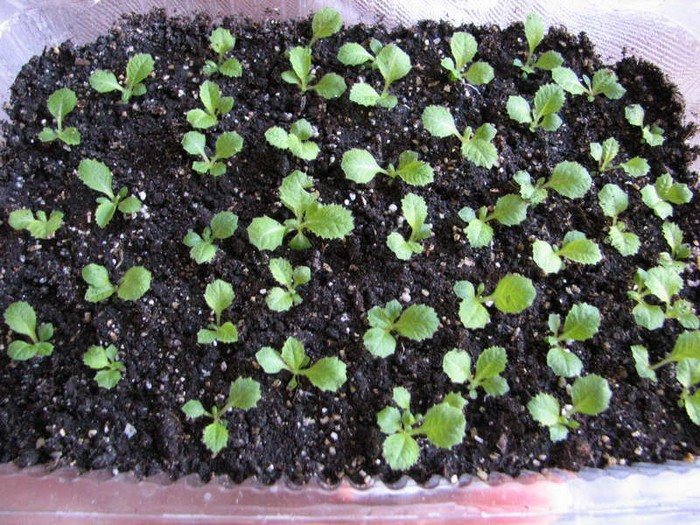
Preparation of land and containers
Initially, chrysanthemums can be sown in a common container, and when the seedlings grow up, they can be planted in separate cups. The container should be wide, with low sides. It is better to give preference to plastic containers.
Wood is a porous material; fungal spores and bacteria can survive in its walls. However, a new wooden box will do. Cassettes and peat tablets are also used for planting.Those who want to get earlier flowering can immediately plant chrysanthemums in separate small pots.
The basic requirements for the soil are that it be nutritious and loose. Purchased land “For flower seedlings” meets these requirements. You can use “Universal” primer. The soil taken from your garden must be mixed with sand, perlite or vermiculite, and peat, making it lighter.
The second stage of soil preparation is disinfection. The earth is steamed in a microwave or oven. You can keep it in a water bath. Purchased soil is already disinfected and does not need such a procedure.
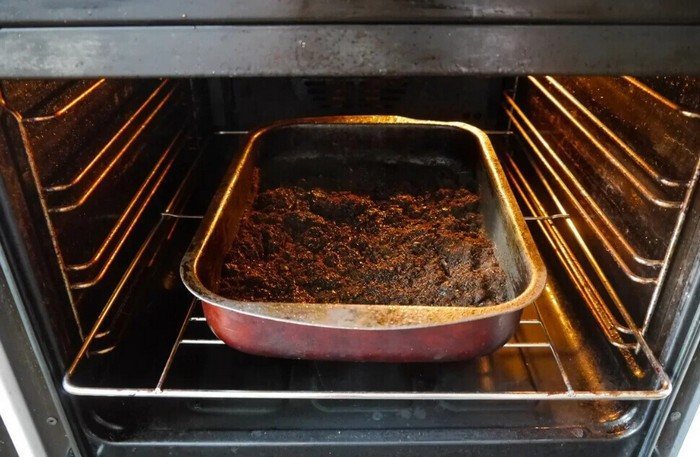
Correct sowing
Chrysanthemum seeds are small, so sowing is carried out with special care. If you use your own planting material, first disinfect it by immersing it in a weak solution of potassium permanganate for 20-30 minutes.
Sowing step by step:
- Expanded clay drainage is placed at the bottom of the container in a 1 cm layer.
- Then pour pre-moistened soil.
- The surface of the soil is sprinkled with a thin layer of sand and lightly sprayed with water from a spray bottle.
- The seeds are laid out on the surface, maintaining an interval of 3 cm.
- Crops are not covered with soil. The seeds should germinate in the light, they should only be lightly pressed to the surface.
- After this, repeat spraying and cover the container with film.
When sowing individually, 2-3 seeds are placed in each pot. Later, the strongest sprout is left, and the rest are cut off with scissors at soil level. If peat tablets are used, they are first soaked in warm water for 30 minutes, then 2-3 seeds are immersed in each.Then repeat the same steps as when planting in a regular pot.
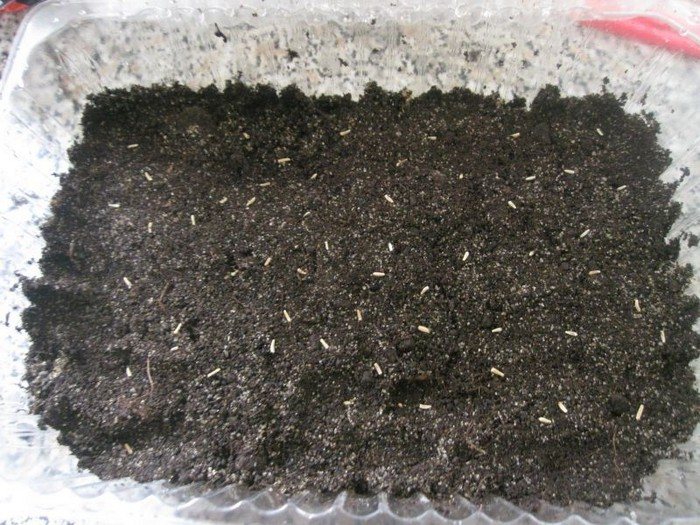
Light and temperature conditions
From the moment the shoots appear, you need to take care of the seedlings, first of all, by creating suitable conditions for them. When the sprouts appear above the surface, the shelter is gradually removed, stretching this process over 3 days. The box with seedlings is placed in the brightest place.
Since daylight hours are still short until mid-March, additional illumination is provided with a phytolamp or a daylight lamp. The lamp is placed at a distance of 30 cm from the plants and turned on for 2-3 hours in the morning and evening. Additional lighting will help the seedlings develop fully.
The temperature at the initial stage is reduced to 16-18 ° C. In the warmth, the stems of chrysanthemums stretch out and become thin. A little coolness makes the seedlings squat and strong. After a week, you can raise the temperature again.
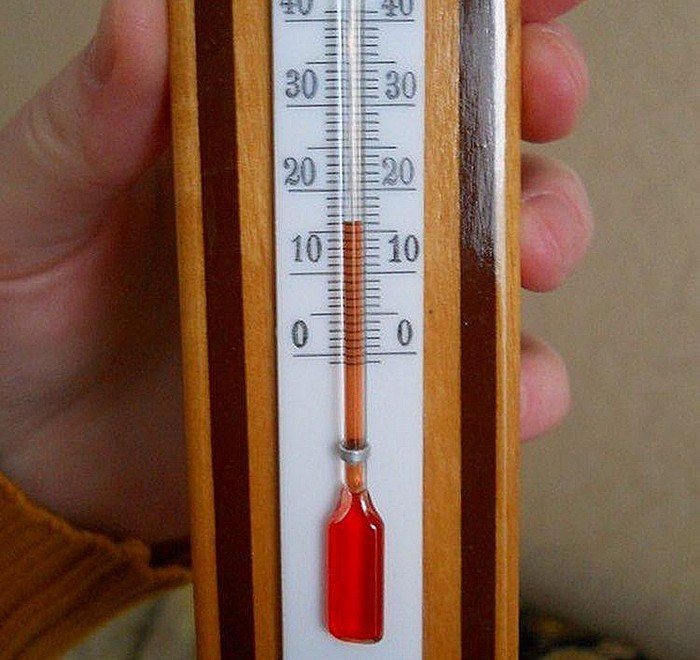
Seedling care
Comprehensive seedling care includes watering, picking, and fertilizing. When the shoots first appear, they are watered from a syringe, supplying a small amount of water to the root zone. After several true leaves appear on the plants, you can use a small watering can for watering.
The soil should be moderately moist, overflow and overdrying are not allowed. When planting in a common container, picking is carried out after 1-2 pairs of true leaves appear. You should not postpone the procedure until later, since the roots can become entangled with each other during growth.
The same soil is used for planting plants in which sowing was carried out. The day before picking, the seedlings are watered.Moist soil does not fall off the roots. Each seedling is taken out of a common container, helping yourself with the handle of a teaspoon or a wooden stick.
After planting in pots, the seedlings are gently squeezed by hand to compact the soil and then watered. The first fertilizing is carried out 1-1.5 weeks after picking, using any fertilizer for flowering plants. The dosage should be 2 times lower than recommended.
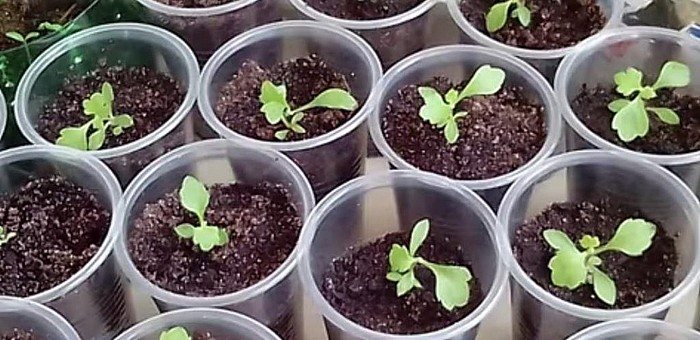
If the seedlings have grown healthy and strong, the plants will continue to develop without causing problems. When grown by seedlings, perennial chrysanthemums will bloom in the first year, without making their owner burn with impatience. In the flowerbed, bushes are placed at intervals of 20-30 cm, depending on the variety. Before planting, chrysanthemums are hardened off for 2 weeks, gradually accustoming them to the open air.


